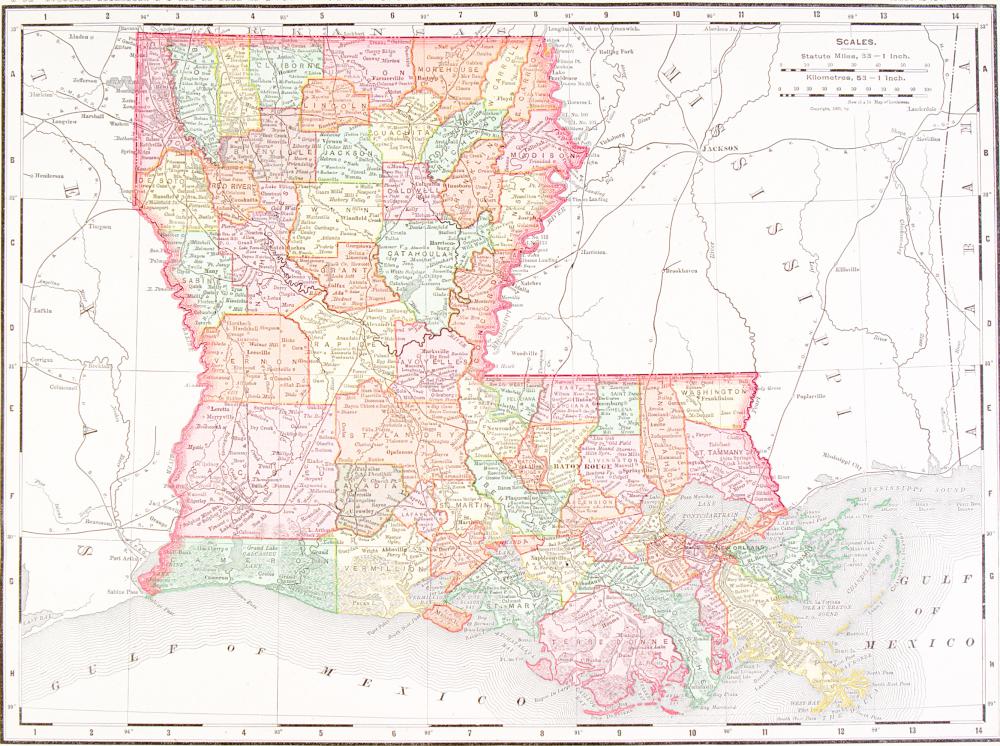At WiseGEEK, we're committed to delivering accurate, trustworthy information. Our expert-authored content is rigorously fact-checked and sourced from credible authorities. Discover how we uphold the highest standards in providing you with reliable knowledge.
What is the Union Party?
The Union Party typically refers to a short-lived political party in the United States that ran a candidate for president in some states in the 1936 presidential election. Formed after the assassination of Louisiana politician Huey Long, the Union Party was made up of the followers of three men, Gerald L.K. Smith, who was Long’s successor; radio preacher Father Charles Coughlin; and Francis Townsend, the leader of a movement for pensions for the elderly. This group united around a party that offered a more radical alternative to the New Deal of President Franklin D. Roosevelt but was not Marxist in ideology.
Foundations of the Union Party are found in Louisiana Sen. Huey Long's "Share Our Wealth" movement, which called for, among other things, capping personal net worth, free education through the university level and a national pension. Long was assassinated in 1935. In order to mount a legitimate third party challenge to the Republican and Democrat political parties, Long's successor, Gerald L.K. Smith, joined the Share Our Wealth movement with the supporters of the two other men.

One of the men who joined forces with Smith to form the Union Party was a Catholic priest named Father Charles Coughlin. In the 1930s, Coughlin had as many as 40 million listeners to his weekly radio show that he used to challenge Roosevelt’s policies. He was also thought to be a sympathizer with the anti-Semitic views of many Germans at that time.
The third supporter forming the Union Party was Francis Townsend, a doctor whose Townsend Plan called for a pension for every U.S. citizen over the age of 60. His plan gained wide popularity and support through the use of grass roots organizers in almost every major city in the country. Eventually, the Townsend Plan had an influence on Roosevelt’s Social Security legislation.

Union Party supporters from these three groups ran William Lemke as a presidential candidate in 1936. Lemke, a U.S. congressman from North Dakota, could not get on the ballot in every U.S. state. He won only about 2 percent of votes cast, or about 900,000 votes.
After the defeat in 1936, the Union Party quickly dissolved. Coughlin gave up his radio broadcast after the loss, although he returned to the airwaves later and finally was ordered off the air. Townsend faded from public view after Social Security legislation was passed, largely making his plan obsolete. Smith continued to pursue an increasingly radical agenda, but had no significant impact on the U.S. political scene.
Though less well known, there also was a Union Party in the 1864 U.S. presidential election. That Union Party, also short lived, was a combination of the Republican Party and a faction of the Democratic Party known as War Democrats. The party ran Abraham Lincoln and Andrew Johnson as candidates. The goal was to attract Democrats to the Republican Party; however, the effort was largely ineffective, and in 1868 the Union Party went back to the name Republican Party.
AS FEATURED ON:
AS FEATURED ON:












Discuss this Article
Post your comments